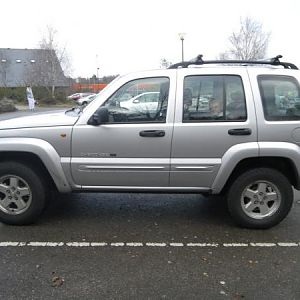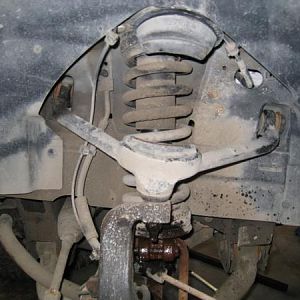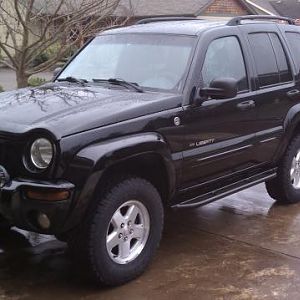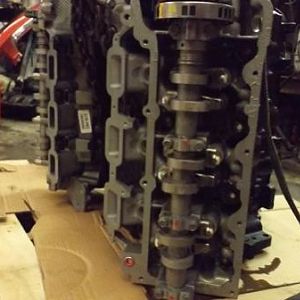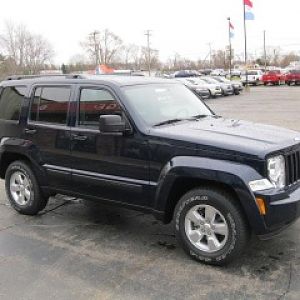There is not much difference between an Ethanol fuel system, and a petroleum fuel system. You can't use E85 through a carburetter, it can't be mixed and atomized correctly. The injectors are designed to output more fuel with E85, because standard FI systems can't handle the load, but WILL work to a certain extent. E85 is 105 Octane right out of the pump.
Basically, modern cars that have fuel-injection engines, they have oxygen sensors. With E85 in the tank, the ECM will attempt to adjust the air-fuel mixture based on what the O2 sensor sees, but; the ECM can only change the air to fuel ratio at idle, and at light cruising speeds based on O2 sensor input. Since the computer can not add more fuel without the input from the oxygen sensor at high loads, there will be significant power losses in cars not designed for E85.
Also, putting more than 50% ethanol in a standard FI system, will generally cause the check engine light to come on, which is an indication that it can no longer maintain the closed-loop control of the internal combustion process. This is not due to the presence of more oxygen in E85, but rather that E85 has less carbon per volume, thus requiring more fuel than the injectors can deliver. Once the CES comes on, adding more ethanol to the fuel tank becomes inefficient. For example, running 90% ethanol in a non equipped system will reduce fuel economy by 33%, or more relative to what would be achieved running 100% gasoline. Here is the damaging part: If you continue to use E85 in your gas engine, with the CES on, you may cause damage to the catalytic converter, as well as to the engine pistons. To run your gas engine with amounts of ethanol high enough to cause the CES to illuminate, risks severe damage to the vehicle, that may outweigh any economic benefit of E85.
In Pennsylvania, in the summer time, they add 10% of ethanol to the gas mixture. If I go to Ohio, where is no Ethanol in the gas? I can see how much longer that gas lasts, compared to Pennsylvania. Meanwhile, we're paying the high taxes and high price for gas that gives us less MPG, with E10 in it.
I do not expect E85 to last much longer, as it IS considered a failure. This is nothing new, and this has been in existence sine 1826; where Samuel Morey developed an engine that ran on ethanol and turpentine.
http://www.fuel-testers.com/ethanol_fuel_history.html - After seeing that, we STILL went to gas powered engines? Ethanol never stuck, and I don't think it will now either.
Though, E85 is cheaper, but does not get the MPG regular gas does, so you use more of it, almost twice as much, adn that's out FOOD they're messing with, driving up costs. The only benefit of E85 is the low to almost non existent emissions. IF there was a way to run an engine on Ethanol without crankcase oil, the emissions would be next to nothing.



